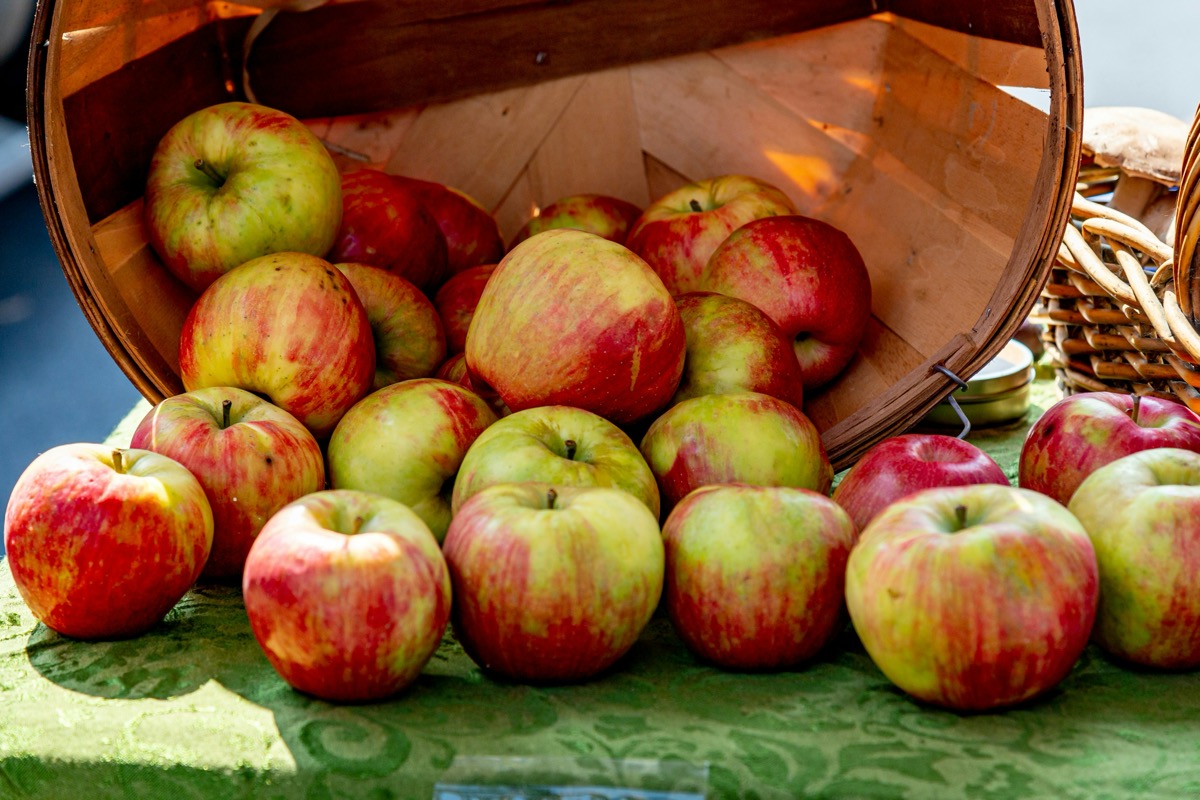Fall into Balance: How to Adjust Your Nutrition for Seasonal Change

The leaves are beginning to yellow, a coolness settles into the morning and evening air, summer holidays have wrapped up, and the kids are back at school. Fall is upon us.
Seasonal transitions are more than just a change in weather—they are a powerful opportunity to recalibrate our routines, mindsets, and especially our nutrition. It’s completely natural to ease up on structure in the summer. We find joy in BBQs, patio drinks, ice cream, and the spontaneity of eating what’s fresh and light from farmers’ markets. Summer invites a carefree, social energy with longer days and playful rhythms.
But as summer fades and autumn arrives, we’re gently nudged to shift inward—to ground, reflect, and find our rhythm again. This is a time for rebalancing the body and supporting it through nourishing, stabilizing, and warming foods.
The Energy of Autumn
While summer encourages us to be outward, active, and extroverted, autumn is the season of turning inward. It’s a time for home projects, writing, nesting, deeper conversations, and meaningful routines. Just as the trees begin to let go of their leaves, we, too, can begin to shed what no longer serves us—whether that’s old habits, scattered schedules, or unbalanced eating patterns.
This is a beautiful season to strengthen the immune system, stabilize energy, and support the body’s natural rhythms with grounding and restorative nutrition. It is also a perfect time to get back into the habit of mindful food journaling on the AteMate app. Connecting with your meals and your changing palate is important. Capturing your meals and seeing how they differ from season to season is a great practice to help you realize that just as the seasons change, so do your food choices. Living in alignment with seasonal eating is an important practice to cultivate.
From Summer Lightness to Autumn Nourishment

In the summer, our diets are often higher in carbohydrates—fruit, raw vegetables, salads, and lighter proteins like grilled fish or yogurt-based meals. As the temperatures cool, it’s essential to shift toward foods that are more warming, protein-rich, and nourishing.
This means introducing more:
- Cooked and steamed vegetables instead of raw salads
- Root vegetables like squash, pumpkin, beets, and carrots
- Warming soups and stews (think pumpkin and squash soup, roasted root veggies with lamb, or bison meat sauce over spaghetti squash)
- Higher-purine proteins such as dark meats, lamb, wild game, and bison
- Hearty grains like brown rice, quinoa, oats, and amaranth
- Essential fats—ghee, butter, olive oil, tallow, coconut oil, sesame oil, and cod liver oil
John Douillard, in The 3-Season Diet, reminds us that the fall harvest is nature’s preparation for the colder months. It’s when we gather the last of the garden, can and jar fruits and vegetables, collect nuts and grains, and begin storing up nourishment to see us through the winter.
Fall Superfoods for Resilience and Immunity

To adapt to fall’s changing rhythms and support your immune system, load up on foods that build resilience and reduce inflammation:
- Autumn fruits like apples, pears, grapes, avocado, and pomegranate
- Nuts and seeds, especially sunflower seeds and walnuts
- Beans, particularly mung beans
- Warming herbs and spices: garlic, onions, ginger, turmeric, cinnamon, and chili
- Herbal allies like burdock and comfrey to clear mucus and strengthen immunity
- Daily Neti Pot use to keep sinuses clear during the dry season
If you’re mindful of blood sugar, be aware of which root vegetables to lean into. Avoid the pale ones that leave no color on your cutting board—parsnips, white potatoes, and corn. Instead, favor richly colored varieties like carrots, pumpkin, and beets. To stabilize blood sugar, combine root vegetables with a protein and leafy greens—never pair them with another starch like a grain.
Aligning Lifestyle with the Season

Autumn’s invitation isn’t just nutritional—it’s holistic. To truly align with the season:
- Ground your body with weight training or yoga—these are perfect fall exercises, both for their physical benefits and their stabilizing energy.
- Build resilience by maintaining a consistent routine and daily movement. Exercise also helps prevent fall and winter weight gain by converting natural seasonal weight fluctuations into muscle, not fat.
- Incorporate daily reflection or meditation—autumn is a time to go inward.
- Practice deep breathing to nourish the lungs and prevent congestion.
Embrace the Season
Nature’s cues are clear: the bright, airy spontaneity of summer gives way to fall’s earthy calm. Let your meals reflect the harvest’s bounty. Roast squash. Sip broth. Enjoy the deep flavors of slow-cooked meals and nourishing stews. Strengthen your body for the colder months ahead with every delicious bite.
As you fall into balance, enjoy the crisp air, the rustling of leaves, and the golden glow of the harvest moon. Welcome this new season with intention, warmth, and nourishment.
